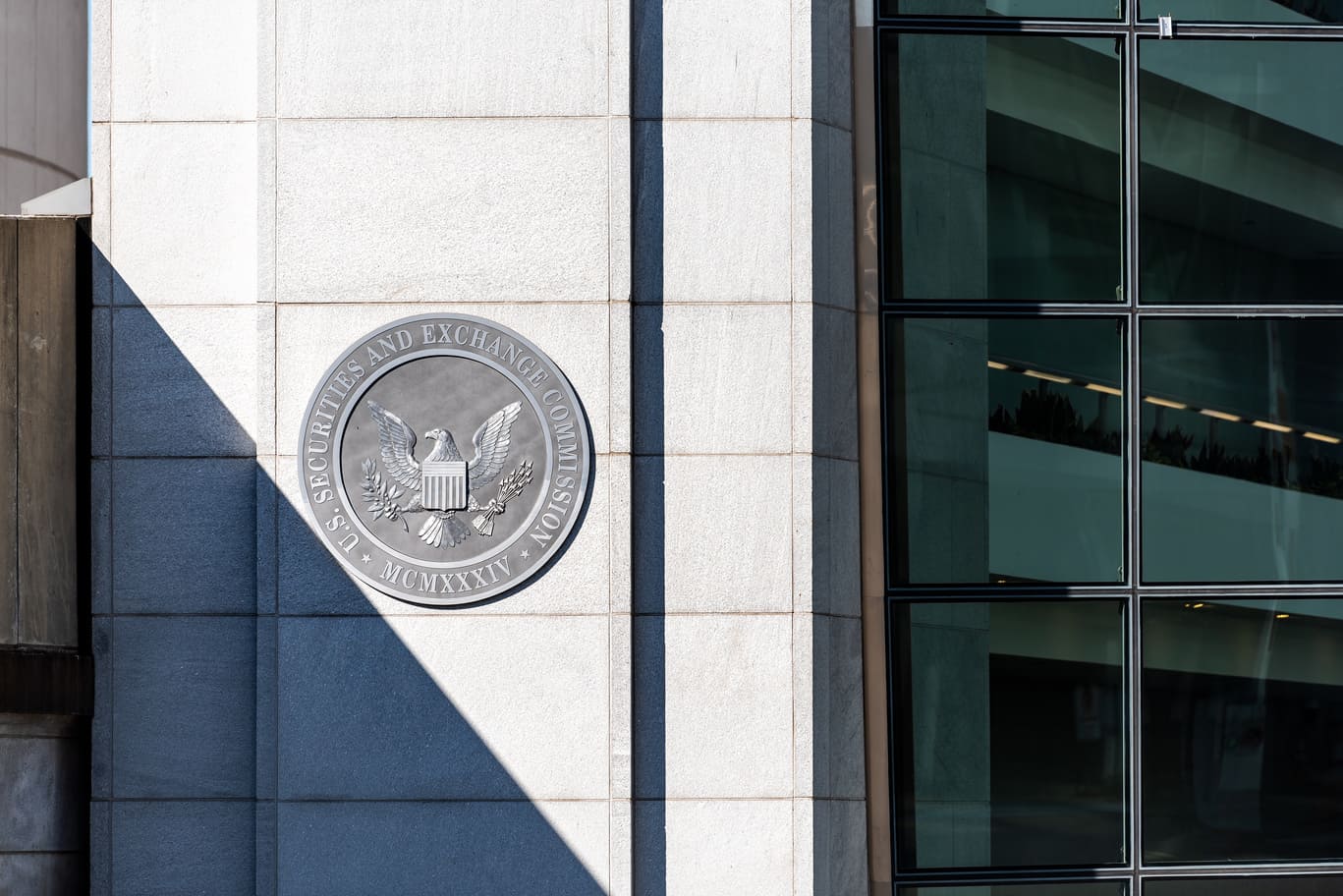
Centralization Concerns Mount as Majority of Crypto Liquidity Clings to a Few Giants
A new report highlights the growing concentration of crypto liquidity in just eight major exchanges.
In the year 2023, a staggering 91.7% of all cryptocurrency market liquidity is controlled by just eight global entities: Binance, Coinbase, Kraken, OKX, KuCoin, Bybit, Binance.US, and Bitfinex. This was highlighted in a recent report by Bankless Times published on September 15.
In a striking coincidence, Kaiko, a smart data platform, also reported that 91.7% of total liquidity is held by these eight major centralized exchanges. Of this, two exchanges hold 58.5% of the liquidity. The situation becomes more concerning when considering trading volume, with a single exchange dominating 64% of it.
It’s worth noting that since 2021, the crypto market’s liquidity and trade volume have become increasingly centralized. Back then, the leading exchange accounted for only 38% of total trading volume. Today, 65% of trades are conducted across the four largest entities rather than just one.
This trend towards centralization over the past two years is alarming, especially given the expectation for increased decentralization in a space built on such principles. Bankless Times attributes this ‘dominance’ trend to these entities’ ‘first mover advantage’. Over time, they have earned user trust and listed a wide variety of cryptocurrencies with good liquidity. Additionally, they have invested in superior technology to provide more reliable services.
Interestingly, the more liquidity a centralized exchange (CEX) possesses, the more it tends to attract. Traders and investors typically prioritize liquidity and trading volume when selecting their preferred services. However, this concentration of power creates a riskier environment dependent on these dominant entities. Experts refer to these as “centralization vulnerabilities”, which are single points of failure that could disrupt the entire space if adverse events occur.





